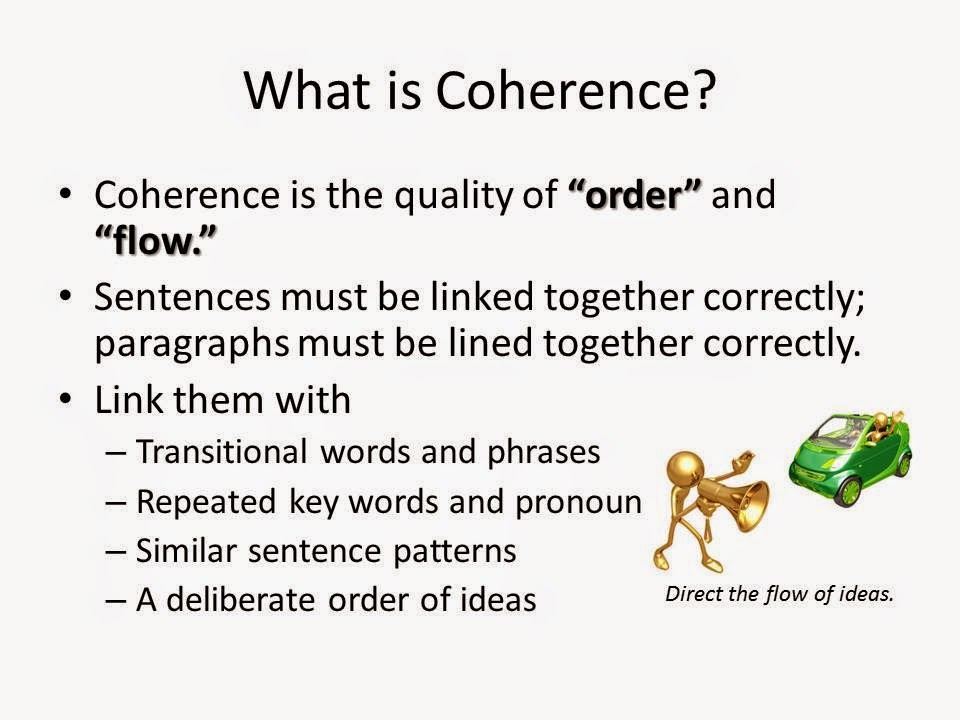
There is evidence of lexical repetition, ‘green’ ‘party’ and collocations, ‘new years’. In the example above, there are lexical links from one sentence to the next cohesive ties are used to join the sentences. I couldn’t decide what to wear to the new year’s party.” The Australian Greens is a political party. Green vegetables can boost your metabolism. “I bought some hummus to eat with celery. The picture does not make sense unless the correct pieces are placed in the correct order, even if certain pieces may be the same size and shape. You can have cohesion without coherence but you cannot have coherence without cohesion. Similarly, a text will be cohesive if cohesive ties are used however it will only be coherent if the cohesive ties are used appropriately to create meaning. However, it is only when they are laid together properly that they form a building. Picture cohesion as the bricks and cement which make up the building.īricks and cement can be put together to create any form of structure. Imagine coherence as a building (It’s an analogy, go with it).Ĭohesion on the other hand refers to the act of forming a whole unit. For starters, it is essential to understand the difference between the two terms.Ĭoherence is defined as the quality of being logical, consistent and able to be understood. They can however often be difficult concepts to grasp.


While spontaneous discourse will also display coherence and cohesion, it is emphasized in planned texts because there is a greater deal of thought and intention behind the use of cohesive ties and devices of coherence. When it comes to planned, non-spontaneous texts including written discourse and speeches, the manner in which the text is put together can be explained by elements of coherence and cohesion.


 0 kommentar(er)
0 kommentar(er)
